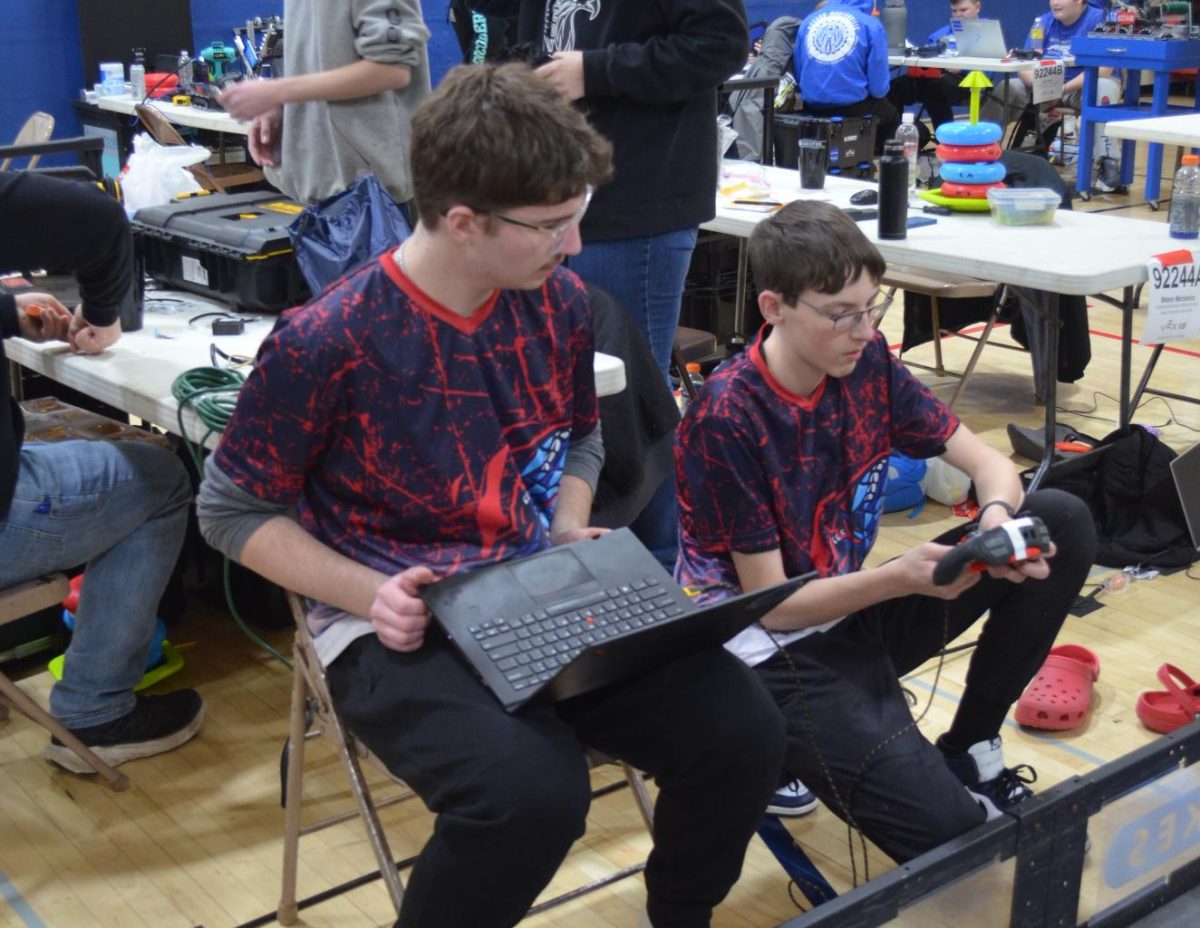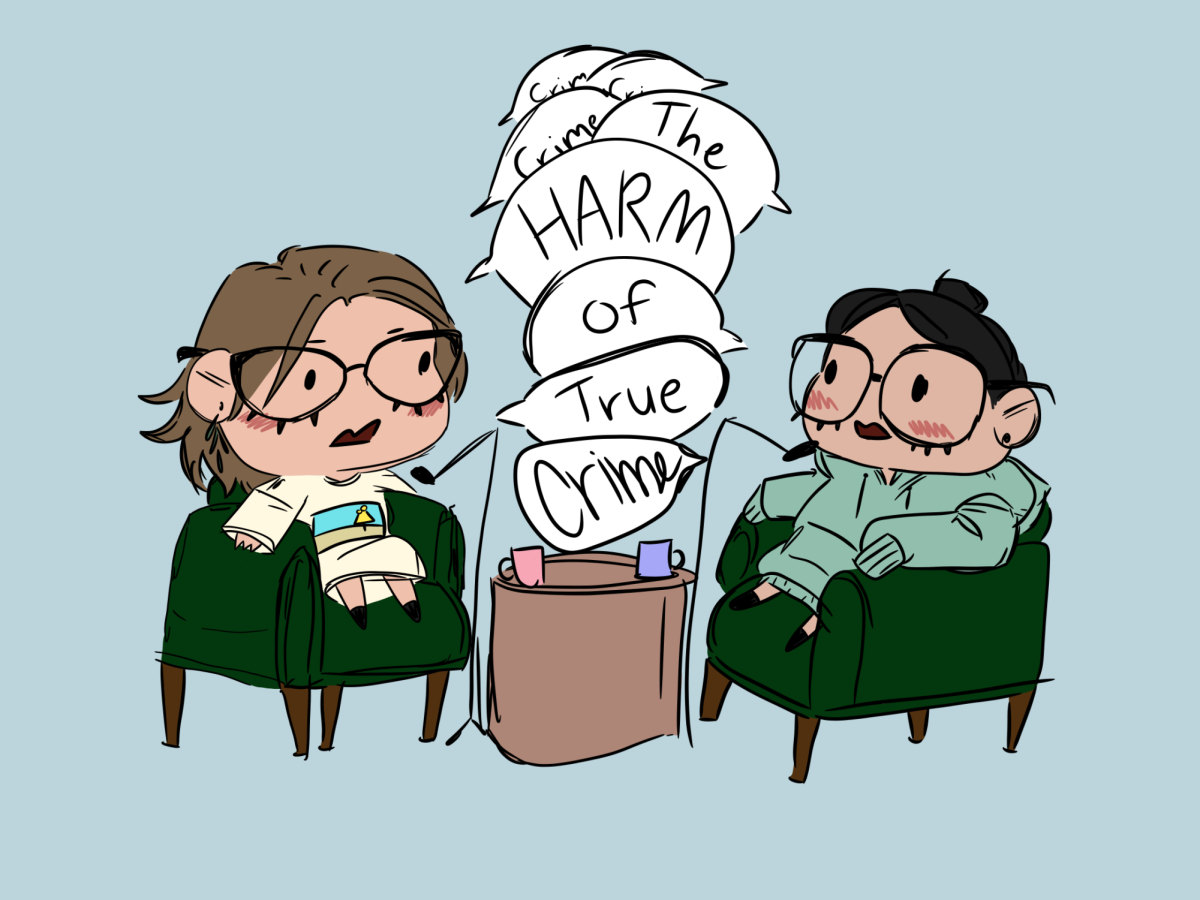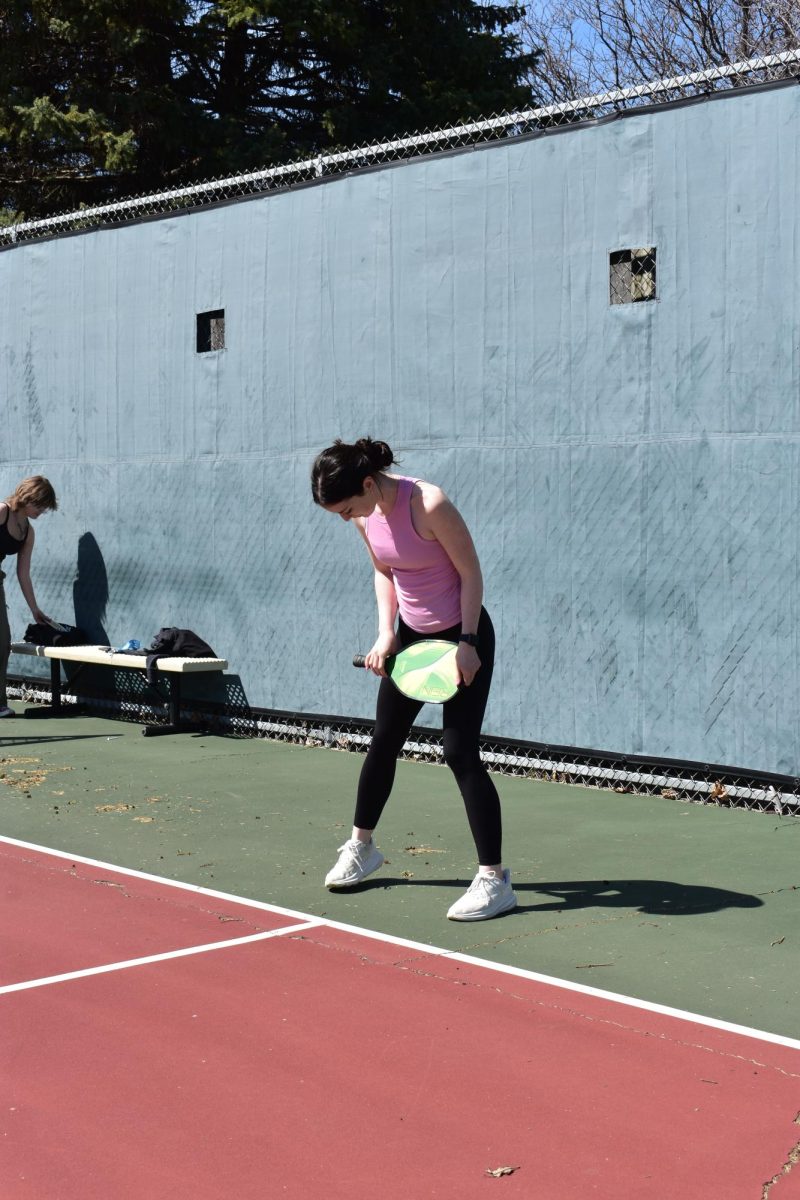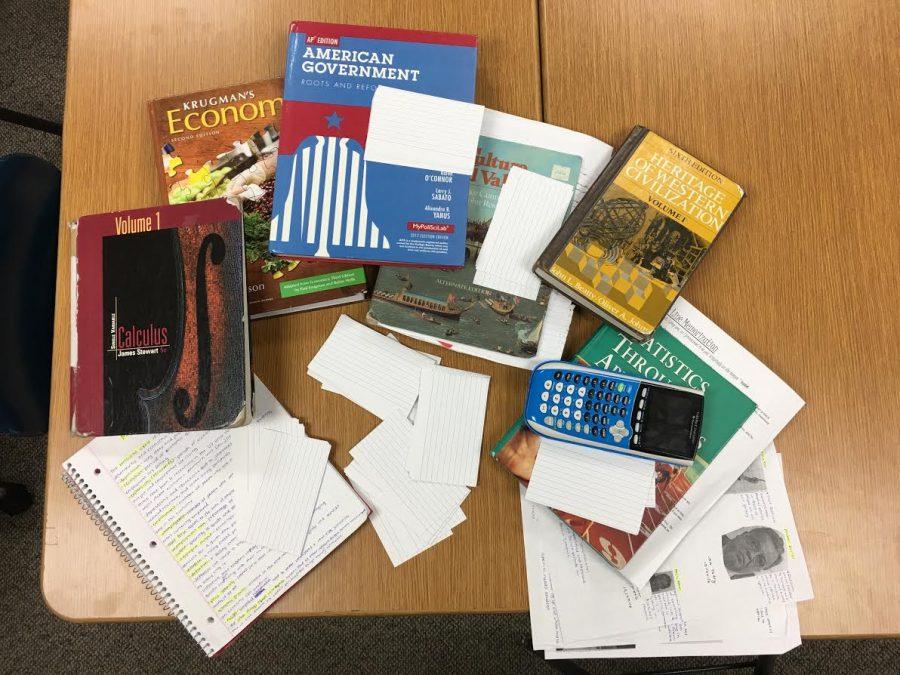Memorizing vs Learning
What’s the Difference?
Insane amounts of flashcards, notebooks and papers spread out across bedroom floors, and cup after cup of coffee. Nights where waking up happens mere hours after falling asleep. For most high school students, this is what is described as “cramming.” The act of staying up late and trying to memorize as much information as possible the night before a test. But is this really effective?
Studies show that kids who cram aren’t able to retain information as well as kids who engage in their learning. Margo Wayne, health and physical education teacher, says the key to learning is not being able to write things down for a test, but being able to take the knowledge students have gathered and use it for something else.
“Sometimes you memorize something, but you are not able to apply it,” Wayne said.
In an article by Ben Orlin, there are two ways of “mindless learning.” First, there’s a method called “raw rehearsal.” Basically, the student spend copious amounts of time and expends little brain power to just flat out hammer something into their memory through repetition. Most of the time, the information is lost within weeks. The second is mnemonics. These are little tricks or songs that get students to memorize something, such as a song to remember the fifty states in the USA. This technique is good for the aforementioned example, but does nothing in terms of the actual facts, such as the order of the cranial nerves. The order is retained but information about the nerves probably isn’t.
Kaleb Malakowsky, senior, says he has been guilty of doing some last minute cramming. He said his social life is one of the biggest reasons he will put off studying. Not wanting to turn down sporting events and hanging out with friends, sometimes he puts off studying. Malakowsky said he sees differences in his school work and tests when he spends time studying versus when he crams the night before.
“You know the material more thoroughly instead of just the basics,” Malakowsky said.
Orlin also goes into detail about techniques that help students retain and apply information they’ve learned. One method is repeated use. This is somewhat like “raw rehearsal” in the respect that you spend a lot of time looking over the material. The difference is that instead of just memorizing the information, the student is applying their knowledge into something like a worksheet. This helps them retain it by forcing them to apply it in places besides the ones they’ve memorized. The other technique that Orlin mentions is “building.” This is making a good foundation and taking facts the student is trying to learn and connecting it to their foundation facts.
Science teacher, Brian Blatti, said studying for students is essential for their success later on. He thinks students tend to have better understanding in later topics since they have a good foundation in the subject already. To encourage engaged learning in his classroom, he tries to utilize different teaching techniques to keep the students involved. Blatti does everything from videos for visual learners to lab assignments for hands-on learners. He says retaining information is more important than just knowing it for one test.
“Think long-term, not just to get by,” Blatti said.





![At the pepfest on Feb. 13 the Winterfest Royalty nominees were introduced. There were two girls and two boys candidates from each grade. Royalty included Prince Axel Calderon (11), Jacob Miller (12), Princess Maya Fuller (11), Brecken Wacholz (10), Ethan Brownlee (9), Lord Given Saw (9), Lilly Elmer (9), Angela Buansombat (10), Queen Jenna Balfe (12), Hanna Austinson (11), Raegan Broskoff (8), Duchess Evalyn Holcomb (10), Jordyn Earl (8), and Lady Leighton Brenegan (9). Not pictured include: King Kaiden Baldwin-Rutherford (12), Piper Aanes (12), Blair Blake (11), Duke Kuol Duol (10), Thoo Kah (8) and Aidric Calderon (8). Student council member and Junior Prince Axel Calderon said, “It [the nomination] means that I’m kind of a student leader. I hopefully show younger kids what it means to be a part of the student council and lead the school.”](https://www.ahlahasa.com/wp-content/uploads/2025/03/front-page-1200x800.jpeg)















